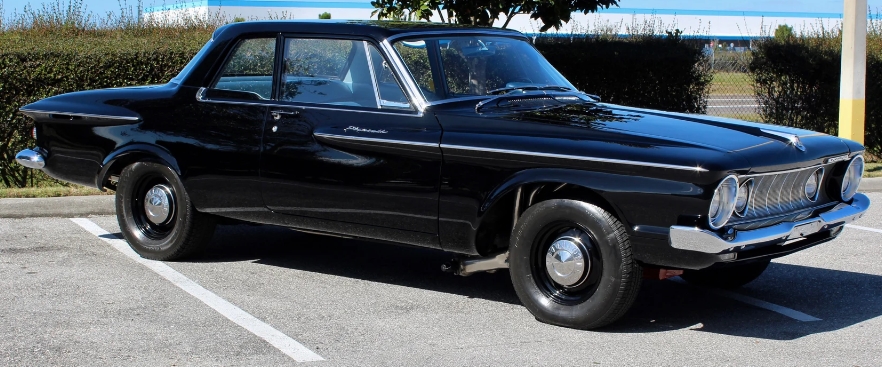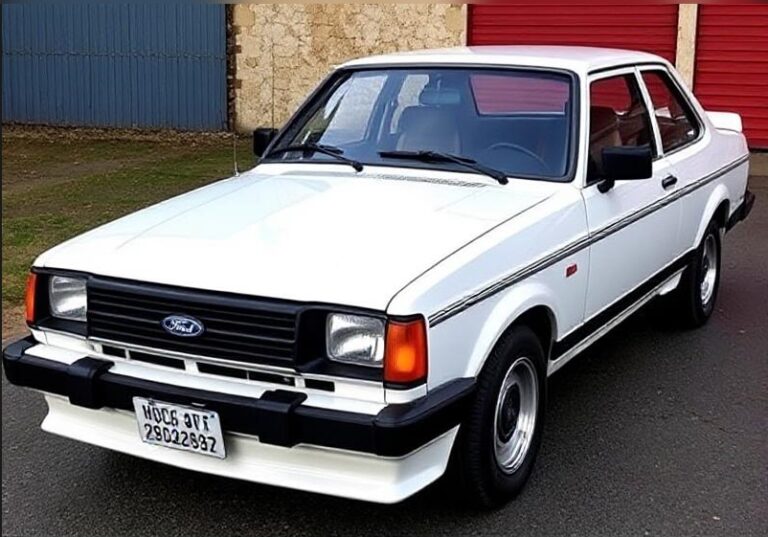The Evolution of the Plymouth Savoy
The Plymouth Savoy represents a significant chapter in the history of American automobiles, embodying the transformation of the Plymouth brand from practical family cars to iconic representatives of mid-century motoring. Produced between 1951 and 1964, the Savoy was a key player in the automotive landscape, offering a blend of style, affordability, and performance. This article explores the evolution of the Plymouth Savoy, detailing its models, trim levels, and the context in which it emerged.
Introduction to the Plymouth Brand
Plymouth was established in 1928 as a marque of the Chrysler Corporation. The brand aimed to capture the affordable segment of the market, competing primarily with Ford and Chevrolet. By the early 1950s, Plymouth was well-known for producing dependable vehicles that offered good value for money. The introduction of the Savoy in 1951 helped to solidify this reputation.
The Early Years (1951-1954)
1951-1953: The Birth of the Savoy
The Plymouth Savoy made its debut in 1951, positioned as a step-up model from the lower-priced Plymouth Deluxe. The 1951 model was distinctive for its 1950s design language, characterized by sweeping curves and chrome accents. It was available in two- and four-door configurations.
- Trim Levels: The initial offerings were simple, comprising the base model and a Deluxe version. Power options included a modest 217.8-cubic inch flathead six-cylinder engine, which produced about 97 horsepower.
1954: A New Look
In 1954, the Savoy received a major redesign that aligned with the forward-looking designs of that era. The iconic ‘Stabilizer’ front end and broad rear fenders gave the car a more aggressive stance. Engine options expanded, with the introduction of a new high-compression version of its six-cylinder engine, now generating up to 110 horsepower.
- Models: The Savoy remained in two- and four-door body styles, with an increasing focus on comfort and convenience.
The Mid-Fifties Boom (1955-1958)
1955: The Advent of Style and Power
The 1955 Plymouth Savoy marked a significant evolution, aligning with the industry-wide trend towards bolder, more stylish vehicles. Recognizable for its distinctive chrome grille and spacious interiors, the 1955 model also debuted a V8 option—Plymouth’s first.
- Trim Levels: The Savoy came in two trim levels—the standard Savoy and the upscale Savoy with V8 options. The 260-cubic inch V8 engine produced 190 horsepower, enticing consumers looking for performance.
1956: A Refined Classic
In 1956, the Savoy was further refined. Its styling was more rounded and featured a thicker rear window for improved visibility. The 1956 model offered both standard and high-performance V8 variants, with the latter producing an impressive 240 horsepower.
- Models and Features: The Savoy was positioned as a stylish full-size automobile that appealed to families seeking reliability and performance.
.
Car Cruising? What makes a truly Unforgettable Road Trip? Check out these 4 easy tips and find out!
.
1957-1958: The Crown Jewel of Plymouth
The late 1950s saw the Savoy reach new heights in style and technology. The 1957 model featured more pronounced tail fins, a characteristic of the decade’s design trend. The interior was filled with innovations, including improved upholstery and technology.
- Trim Levels: The 1957 Savoy included the standard model and the “Savoy Special,” which offered enhanced features like a radio and air conditioning. The 318-cubic inch V8 engine became available, offering increased power.
The 1958 model year maintained the design elements of the previous year but faced increased competition and changing consumer preferences.
Transition into the Sixties (1959-1964)
1959: The End of an Era
By 1959, American automotive manufacturers were experiencing changing tastes as tailfins began to fall out of favor. The Savoy adopted a more conservative look with a flatter design. This year also marked the decline of the traditional full-size car, with the Plymouth brand launching the full-size Fury as their flagship model.
- Models: The Savoy continued but began shifting focus towards more economical options amidst rising fuel prices.
1960-1964: A Shift in Market
The 1960s brought about a seismic shift in American car manufacturing. Rising insurance rates and fuel prices prompted a desire for smaller, more economical vehicles. The Savoy transitioned to a more understated, simpler design that mirrored changing consumer preferences.
- 1961-1964: The Savoy was redesigned to fit the so-called “Plymouth compact car” image. The styling shifted again, featuring boxier lines and reduced dimensions.
- Trim Levels: The 1961-1964 models saw continued consolidation of trim levels. The focus was on a variety of packages rather than myriad trim levels, reflecting sensitivity to consumer budget concerns.
- Final Years: The 1964 edition marked the last year of production for the Savoy. It offered competitive engines, including the economical V6 options that foreshadowed the future of the industry.
Legacy of the Plymouth Savoy
The Plymouth Savoy may have faded from the American automotive scene after 1964, but its legacy survives. It epitomized the evolution of the American automobile during a time of substantial change, showcasing the shifting priorities in design, power, and consumer preferences.
The Savoy captured the middle-class aspiration of the post-war era, combining functionality with style. It appealed to a demographic looking for more than just basic transportation, offering a glimpse into the rapid evolution of American automotive design throughout the 1950s and early 1960s.
Conclusion
The Plymouth Savoy represents more than just an automobile; it symbolizes a pivotal era in American automotive history. From its inception in the early 1950s to its conclusion in 1964, the Savoy exhibited the shifting tides of car design, consumer demands, and the broader social landscape. Though the brand itself has long been retired, the memories, nostalgia, and stories that accompany the Plymouth Savoy remain in the hearts of classic car enthusiasts and historians alike. The Savoy’s evolution serves as a testament to the dynamic nature of the automotive industry and its ability to adapt to the desires and needs of the American public.







